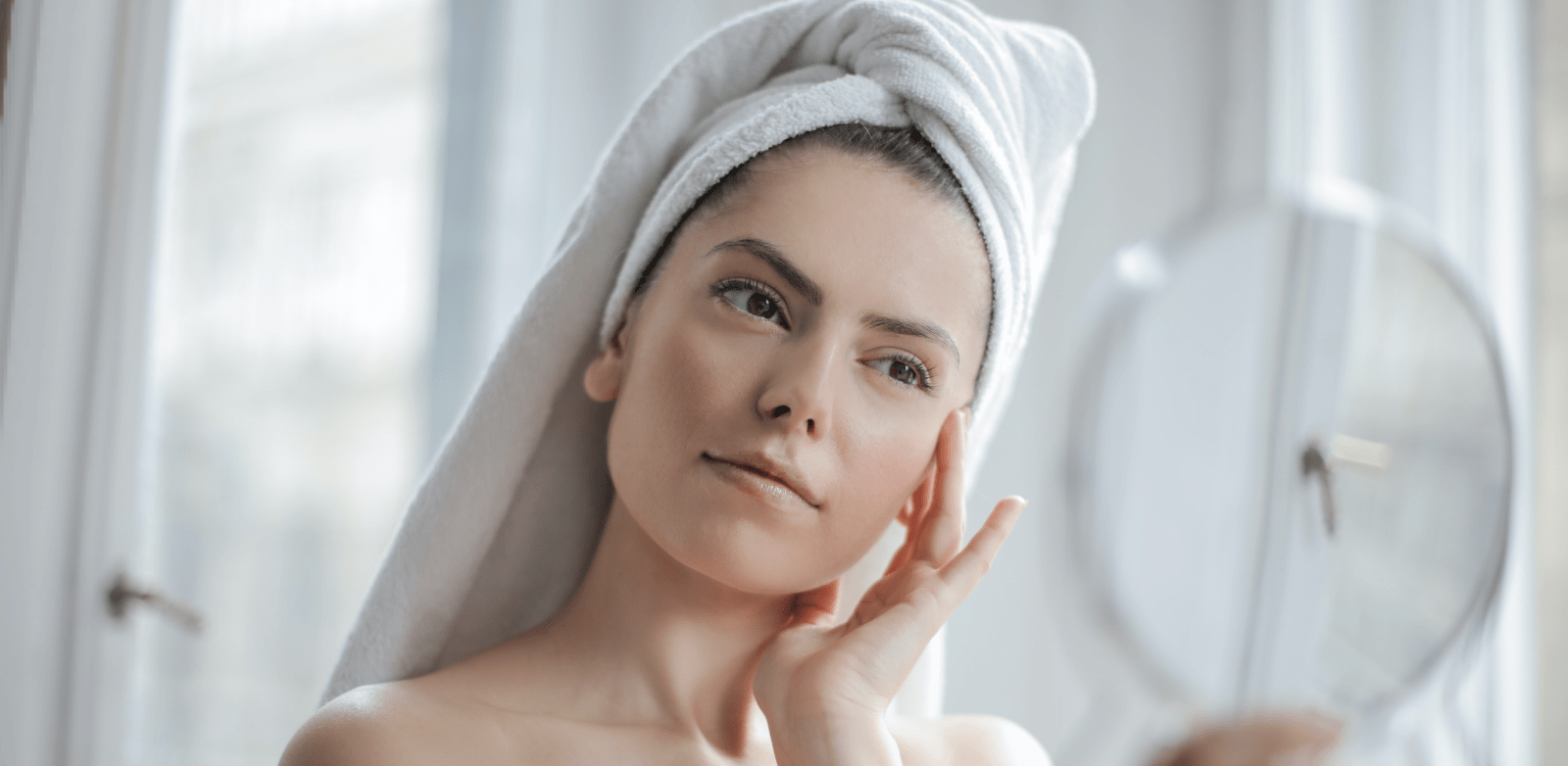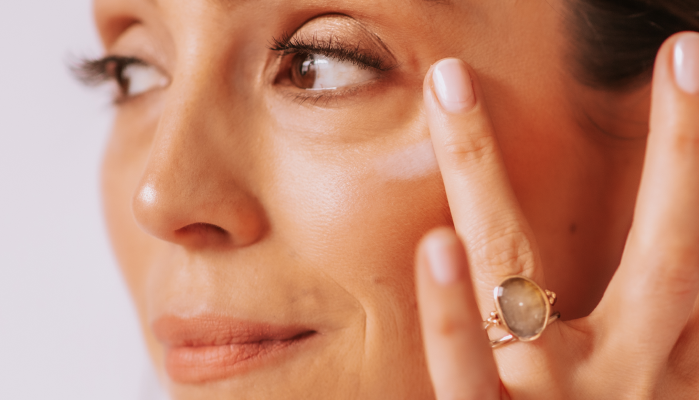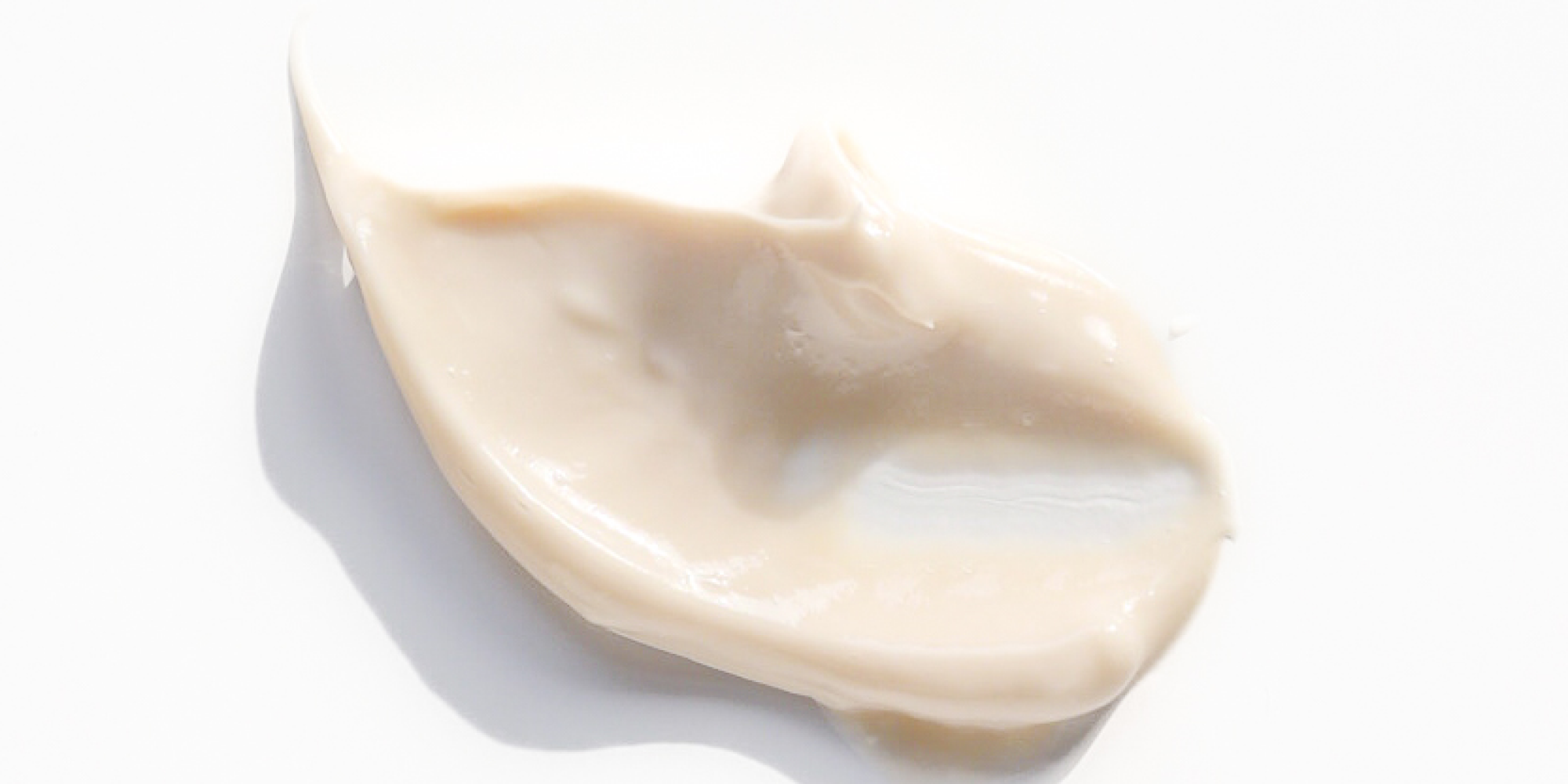
Your Skin 101
“I’m a big believer in that if you focus on good skincare, you really won’t need a lot of makeup.” – Demi Moore
Your skin is the largest organ in your body and performs many important functions. It is an active, living tissue that acts as a protective armor to shield us against harmful microbes, UV lights, and infection. It also protects us against harmful textures and temperatures. It is the main barrier between you and the outside world. Beyond esthetics, the skin is key in biofactory and metabolic processes of the body.
As a practicing esthetician and spa owner, I know first-hand the benefits and pleasure of building a regimen that takes care of your skin and body’s appearance along with your health. We’ve talked about nutrition and mental health. Here, I’ll go into the science of our skin so you, too, can understand how this organ works and how you can nurture and care for it as well.
There are three main layers of the skin: the epidermis, dermis, and hypodermis, also known as the subcutaneous tissue. Each layer has its own independent features and benefits.

Your Epidermis
The epidermis is also known as the scarf-skin, the outermost layer of skin that is visible and works to provide protection for the body. This is also where we feel the sensation of touch. There are no blood vessels in this layer and it relies on the underlying layers for nutrients.
The epidermis mainly consists of cells called keratinocytes, which make up keratin, a tough protein found in hair and nails. There are four types of skin cells; keratinocytes, melanocytes, Merkel cells, and Langerhans cells, that are formed in the bottom layer of the epidermis known as the basal layer. From here they migrate to the surface.
Once cells reach the surface, they are shed and then replaced by new cells that are moving up. As we age, this migration process slows down, resulting in the surface condition becoming dry and dull, and can have a rough, uneven tone and texture.
The basal layer of the epidermis, where melanocytes are found, is responsible for producing melanin which determines our skin color. Melanin protects us from harmful ultraviolet radiation from sunlight that damages the DNA of skin cells, accelerating aging and at times even causing cancer.
The epidermis is also home to the Langerhans cells. As part of the immune system, these cells detect foreign bodies and infections and are also responsible for allergic reactions. The epidermis is relatively waterproof and prevents the entry of bacteria, viruses, and other harmful foreign substances into the body. It provides protection, which helps keep us healthy on the inside.
Merkel cells are found in the basal layer of the epidermis and are associated with sensory nerve endings which act as receptors for touch and can feel light sensations.
The thickness of the epidermis depends on the wear and tear on that particular part of the body, such as the hands and the soles of the feet. The epidermis is thicker on the soles of the feet and the hands and is thinner on the eyelids. Your hereditary makeup can also dictate how thick the epidermis is. For example, people with darker complexions tend to have a thicker epidermis, giving them greater protection from the sun.
Your Dermis
The second layer of the skin, just below the epidermis, is known as the dermis. The epidermal dermal junction joins these two layers. The dermis contains blood vessels which supply the epidermis with nutrients, and it also helps to dispose of and remove waste.
The dermis consists of fibrous, dense dermal connective tissue, made up of collagen and elastin weaved throughout. It serves as a protective cushion for the body, keeping it flexible and supple. Elasticity refers to how well your skin springs back into shape after being pinched or pulled in compression.
The dermis is also home to the sebaceous glands, our hair follicles, and sweat glands, nerve endings, and the lymphatic system. The sebaceous glands secrete oil (otherwise known as sebum) which forms a protective barrier on the skin surface known as the acid mantle. The acid mantle is slightly acidic (4.5-5.5) and is the skin's first line of defense against harmful invaders, bacteria, and viruses. The acid mantle is antibacterial and that helps keep it hydrated.
The sweat glands, or the eccrine glands, regulate body temperature while the nerve endings in the dermal layer sense stimuli such as pressure, pain, temperature, and sends a nerve impulse message to the brain causing a reaction to pull away and avoid danger.
Your Subcutaneous Tissue
The third layer is the subcutaneous tissue. This is the innermost layer of the skin and is made up of adipose tissue or a fatty layer. It provides insulation to help maintain our body temperature, and it also serves as an anchor between the skin and the muscles and underlying organs below the surface. It provides cushion and plumpness to the contours of our face. As we age, we lose this fatty cushion as it thins out and our skin’s appearance becomes more chiseled and less plump.





